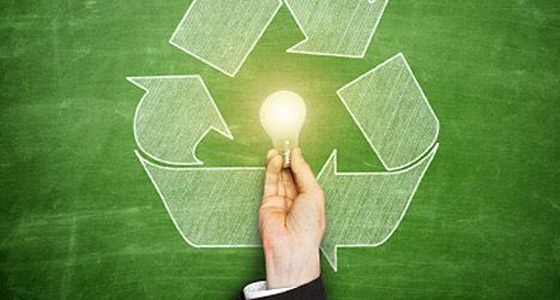The private sector has a major role to play in plugging the financial gap and helping realize renewable energy projects across the world at a time when more than 1.5 billion people do not have access to any form of power globally, said Qatar General Electricity and Water Corporation (Kahramaa) president Essa bin Hilal al-Kuwari.
“In order to fill the huge financing gap, the mobilization of private investment and finance is essential. We need to remove the barriers that prevent such mobilization in the renewable energy industry in our bid to reduce the prevailing gap,” said al-Kuwari.
Calling upon investors to play a key role in tapping the potential of alternative energy sources, the top Kahramaa official said the energy demand was growing at a phenomenal rate these days, especially in the Middle East and in many emerging economies. There is every reason to believe that the energy demand will double by 2050 as compared to the present levels of consumption.
Elaborating on the financing gap, al-Kuwari said most of the existing barriers could be seen as “market distortions” that discriminated against renewable energy while others had the effect of increasing the cost of renewable energy.
Describing costs & pricing, legal & regulatory issues and market performance as the main hurdles in the development of renewable energy in many parts of the world, the Kahramaa president said these could be overcome through innovative promotion and cost-reduction policies.
Al-Kuwari said the current worldwide energy demand from all sources combined is around 300EJ/annum (exajoule), while the share of electricity is about 60 EJ. “By 2050, the expected share of electricity could be around 120EJ/annum,” he pointed out.
The Kahramaa official recalled that in 2011, renewable energy sources accounted for almost 50% of the estimated 208GW of power capacity added at the global level. “Of this, wind and solar photovoltaics comprised almost 40% and 30%, respectively, of the new renewable capacities, followed by hydropower at 25%.”
Al-Kuwari said there was a worldwide growth of about 8% in the renewable power sector between 2010 and 2011, when it reached 1,360GW. “More important is the fact that non-hydro-power renewables exceeded 390GW in 2011 as compared to the previous year’s figures. The growth was close to 24%,” he added. Al-Kuwari also noted that there was a giant leap in investments in renewable energy between 2010 and 2011, growing to $257bn in 2011 from $210bn the previous year.
While highlighting the need to establish clean technology investment programs to support research and development as well as firms investing in energy-efficient capital equipment and low-pollution technologies, processes and products, al-Kuwari said the investments could be in both the renewable energy and clean energy streams.
“The renewable stream will invest in renewable technologies, including wind, geothermal, wave energy and large-scale solar generation, and the clean stream in low-emission cogeneration technologies,” he added.
Gulf Times
25 March






















































